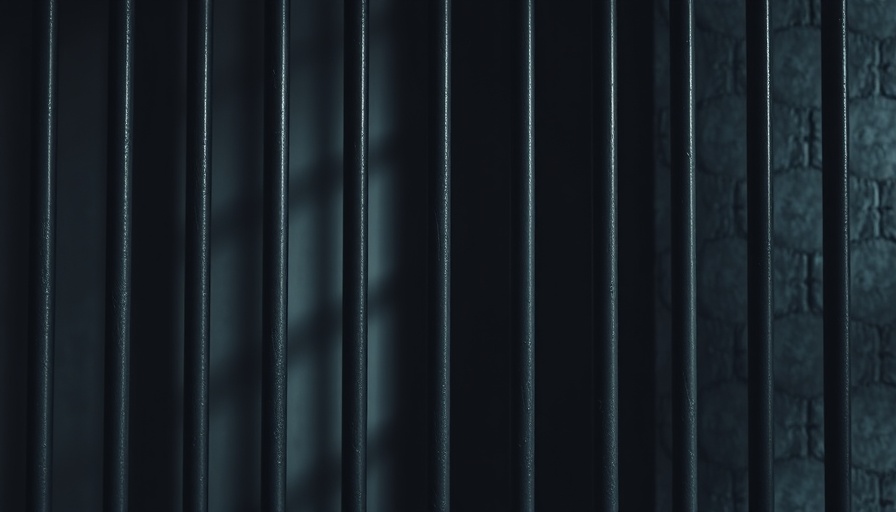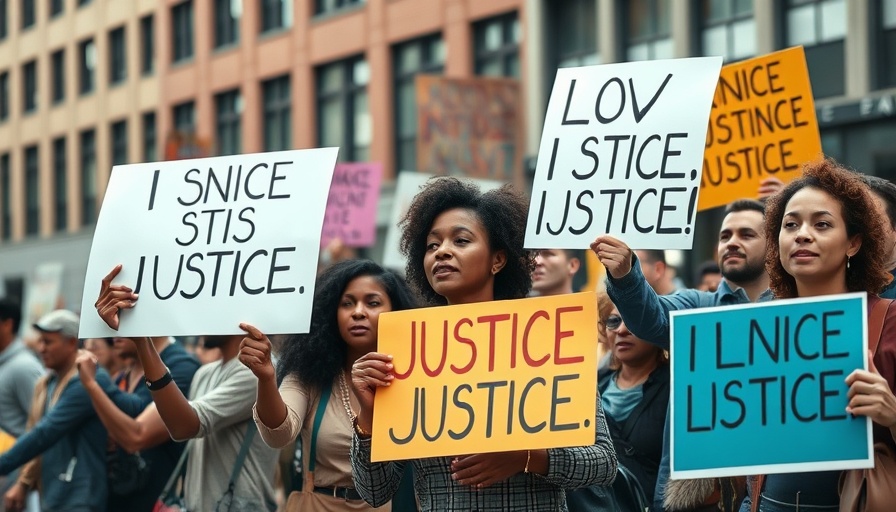
Understanding Mass Incarceration in America: A Crisis of Data
Mass incarceration in the United States continues to loom large, with unprecedented numbers of individuals locked up and countless others affected by the expansive reach of the criminal justice system. The 2025 report from the Prison Policy Initiative titled Mass Incarceration: The Whole Pie reveals a staggering reality where nearly two million people occupy prisons and jails while millions more face the consequences of having a criminal record. As discussions about police reform gain traction, it is crucial to unravel the intricate web of statistical realities, myths, and essential reforms required to address this deep-rooted issue.
The Scope and Scale of Incarceration
The report meticulously outlines the various types of facilities confining individuals, from state prisons to juvenile correctional facilities. It highlights that the U.S. holds nearly 2 million people across over 4,800 facilities, with separate categories for federal prisons, local jails, and immigration detention centers. This comprehensive overview uncovers that nearly 40% of individuals in jail are legally innocent, awaiting trial, thanks to our unsustainable bail system, which disproportionately impacts low-income residents.
The Financial Burden of Incarceration
The costs associated with mass incarceration are staggering, estimated at over $182 billion annually. This figure not only reflects the expenses incurred for maintaining prisons but also highlights the broader financial implications for communities. The direct costs of incarceration shift resources that could be directed towards community investment in education, housing, and healthcare, which could address root causes of crime effectively.
Unpacking the Myths of Incarceration
One of the most persistent challenges in reforming the criminal justice system is dismantling the myths surrounding mass incarceration. These include beliefs that harsher punishments deter crime or that releasing non-violent offenders will lead to increased crime rates. Contrary to these assumptions, data shows that lengthy sentences often do not correlate with lower recidivism rates; moreover, alternative measures like community supervision face significant scrutiny as they can lead to backdoor incarceration through technical violations. Moreover, evidence suggests that victims of crime favor prevention strategies and community investment over punitive measures.
The Role of Racial Disparities in the Criminal Legal System
Racial and ethnic disparities play a crucial role in the discussions surrounding mass incarceration. Data indicates that African Americans are disproportionately represented in the prison population, further complicating the narrative around why certain communities are over-policed and under-resourced. Understanding the intersectionality of race, poverty, and the criminal justice system is vital to addressing the systemic issues perpetuating incarceration.
Strategies for Reform: Moving Forward
The report emphasizes the need for comprehensive reforms to reduce mass incarceration, including ending the war on drugs, revisiting bail and probation policies, and re-evaluating the responses to non-violent offenses. By focusing on innovative community policing strategies and community engagement, law enforcement can build trust and reduce the reliance on punitive measures that do little to enhance public safety.
Final Thoughts: The Need for Action
Given the pervasive impact of mass incarceration, it is essential for policymakers, law enforcement leaders, and community stakeholders to engage in meaningful dialogue about the complexities of the system. By implementing data-driven reforms and prioritizing transparency and community-led initiatives, we can mitigate the damaging effects of incarceration on families and society at large. To truly envision a reformative path forward, we must collectively confront the myths and systemic barriers that have fueled this crisis for decades.
In summation, addressing mass incarceration is not solely a law enforcement issue; it is a reflection of societal choices regarding safety, justice, and human dignity. It demands a concerted effort by all segments of society.
Join the conversation about mass incarceration and explore strategies for reform to build a more just and equitable criminal legal system.
 Add Row
Add Row  Add
Add 

 Add Element
Add Element 




Write A Comment